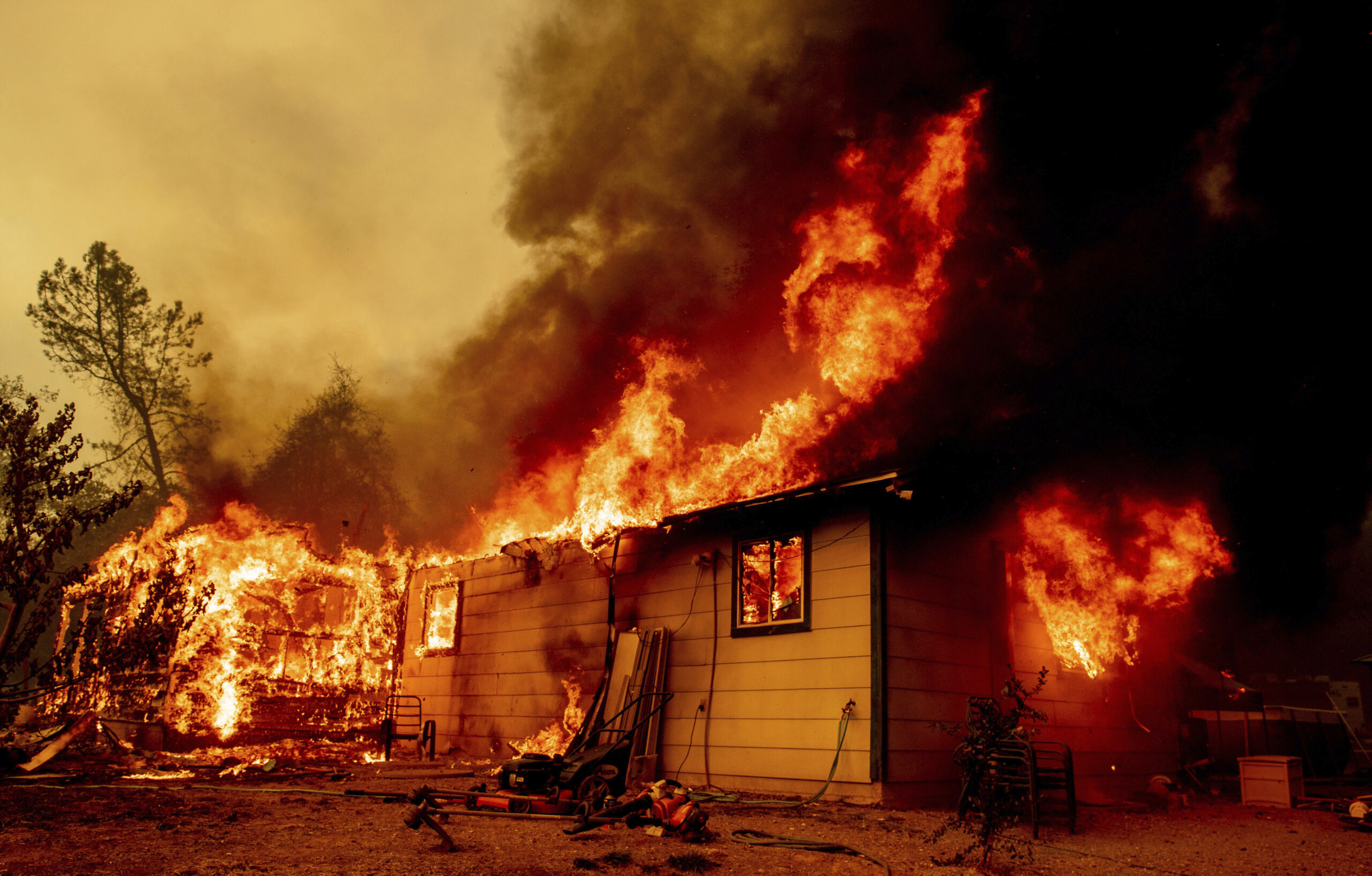In the past week, Californians learned that two of the state’s largest insurance companies, State Farm and Allstate, have decided to stop signing new homeowner policies in the state.
Moreover, State Farm has sought significant rate hikes for its existing customers from California regulators.
Industry experts say both companies’ decisions are part of a broader trend in which insurers retreat from insuring California homeowners due to wildfire risks, climate change and construction costs that outpace inflation.
The two companies’ decisions raise the specter that more California homeowners will have to sign up for the FAIR Plan, a private “insurer of last resort” for properties located in high-risk areas that can’t otherwise get insurance.
“But nobody should want to be on the FAIR plan,” said Rex Frazier, president of the Personal Insurance Federation of California, an industry lobbying group.
That’s because FAIR has downsides: It covers less and charges higher premiums. Additionally, critics say the FAIR is underfunded and mismanaged, and it doesn’t always pay out when it ought to.
Are you a homebuyer concerned about accessing insurance? Email us at tips@sfstandard.com. You can also call us at 415-408-6000 or send us a text message at 415-408-6282.
What Is FAIR?
The Fair Access to Insurance Requirements (FAIR) Plan is California’s solution to an increasingly common problem: homeowners who cannot purchase fire insurance for their properties on the market.
Although it was created under California law in 1968, FAIR is not a state or public entity. Rather, it is a consortium of all the companies licensed to sell property and casualty insurance in California.
“Each member company participates in the profits, losses and expenses of the plan in direct proportion to its market share of business written in the state,” the FAIR Plan states on its website.
FAIR’s rates are higher than those of standard insurance companies because its risk pool is skewed toward higher risk. Nonetheless, its insurance satisfies home lender requirements to complete a sale of a home.
In other words, without FAIR, many people would not be able to buy their homes.
In recent years, as more companies back off insuring California properties—which Frazier terms “quiet quitting”—consumers have had to look elsewhere.
One of those places was FAIR. Between 2018 and 2022, its total policies more than doubled, growing from around 127,000 to nearly 273,000.
“You can see between State Farm’s growth and the FAIR Plan’s growth, that’s where people have been going over the last several years,” said Frazier.
Now State Farm has halted new homeowner insurance plans.
“There will be FAIR Plan-only communities,” Frazier said.
What’s Wrong With That?
If your home is located in an area with high wildfire risk, FAIR is an important lifeline. But it also has limitations.
First, FAIR is not supposed to be permanent insurance.
“The FAIR Plan is not intended to compete with or replace traditional insurers and is meant to serve as a temporary safety net for property owners until traditional insurance coverage becomes available,” FAIR said in a statement.
Additionally, unlike regular insurance, it only covers a set of “named perils” explicitly listed in the plan. They include fire and lightning, “internal explosion” and smoke damage, according to the plan’s website.
In practice, however, policyholders have often found FAIR to exclude smoke damage.
In response to policyholder complaints about this, the California Department of Insurance carried out a targeted examination of FAIR claims between 2017 and March 2021.
That investigation turned up numerous violations. Among them, FAIR had failed to provide coverage equivalent to standard fire insurance and had “denied or discouraged” smoke damage claims.
"The FAIR Plan’s policy language for smoke claims was negotiated with and approved by the California Department of Insurance," FAIR said in a statement. "The FAIR Plan will pay to remediate direct physical loss caused by a covered peril at the properties that it insures."
But those denials can cause serious problems for policyholders, said Dylan Schaffer, an Oakland-based attorney who represents people suing the California FAIR Plan Association.
According to him, in 2017, FAIR took a position that homes that didn’t burn in wildfires but suffered smoke damage weren’t actually damaged, but simply dirty. As a result, it has refused to pay to have these homes cleaned and repaired.
“They’re putting people at risk for health and safety problems because their homes are contaminated,” he said.
Schaffer sees a conflict of interest in the plan’s structure: The very companies that refuse to insure properties in high-risk areas are still insuring them through the “back door” of FAIR.
These companies don’t like FAIR and, as a result, “it’s very poorly funded and very poorly run,” he said. “I consider it one of the most challenging insurance companies.”
